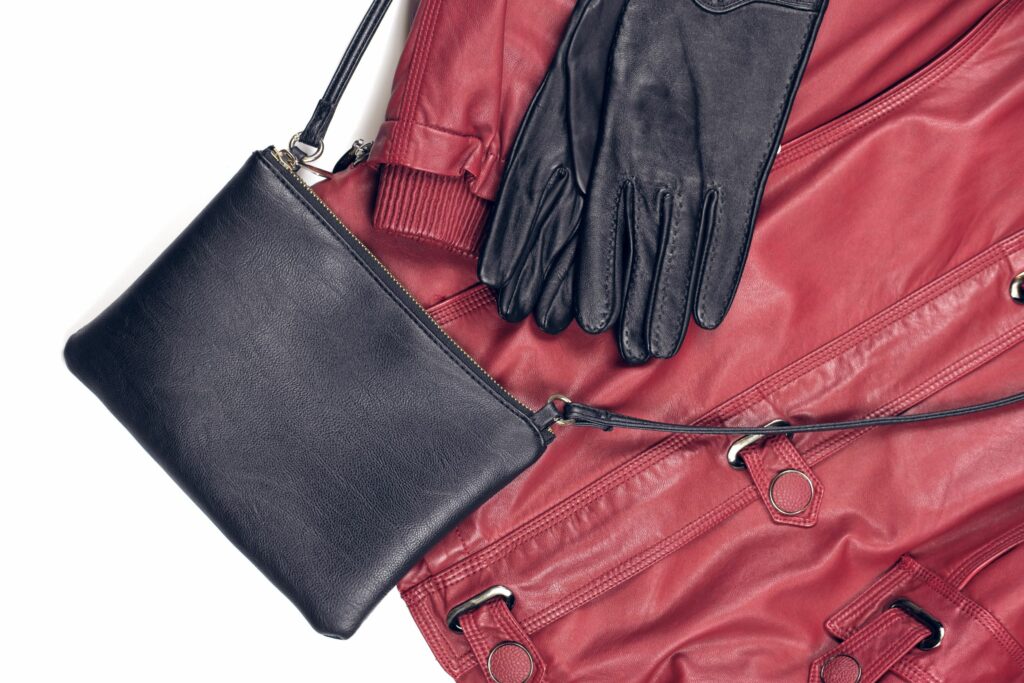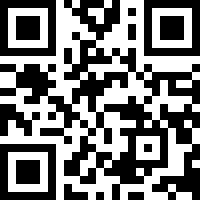Customs and Border Protection officials in the United States confiscated 13,586 counterfeit designer products for a total estimated price of $30,437,775 if they were genuine, the department announced on December 2, 2021. Officers cautioned buyers to be wary of counterfeit items over the holiday season.[1]
Officers from CBP seized handbags, tote bags, shoulder bags, crossbody bags, backpacks, shirts, and jeans with various registered and recorded trademarks, including Gucci, Chanel, Fendi, YSL, and Louis Vuitton. Bringing counterfeit items into the nation can result in civil or criminal fines, and buying pirated goods is unlawful, according to CBP.
Last year, the agency said it confiscated more than 26,000 packages containing counterfeit goods worth about $1.3 billion if they were genuine, all throughout the United States. Handbags, wallets, and COVID-19-related products were among the top seized items in 2020, with China being the most common origin.
The organization warns that counterfeit products are typically low-quality, pose a risk to consumers’ health and safety, and can contribute to other illicit activities such as human trafficking.
Counterfeit products are generally marketed on unauthorized websites with seemingly valid listings, according to the agency. Consumers should avoid buying counterfeit items by purchasing them directly from official stores or the trademark holder, and reviewing seller ratings while shopping online. Retailers are being asked to register their trademarks and copyrights with CBP in order to safeguard their brands.
How can consumers protect themselves from counterfeit goods?
Consumers may protect themselves and their families against counterfeit items by taking the following easy steps:
- Purchase goods from the trademark owner or authorized sellers.
- When shopping online, read seller reviews and make sure the seller’s phone number and address are valid in the United States.
- Consumers should read the CBP’s E-Commerce Counterfeit Awareness Guide.[2]
- Remember that if a product’s pricing appears to be too good to be true, it most likely is.
How can businesses protect themselves from counterfeit goods?
Whether counterfeiters are selling false replicas of your items or misleading consumers into buying inferior products or raw materials, counterfeiting may damage both large and small firms. What you should know is as follows.
- Meet legal requirements. The first step in successfully challenging suspected IP infringers and increasing ecommerce income is to trademark your companies’ names and logos and consider filing design and utility patents for each product. Despite its high cost, this is perhaps one of the best investments companies can make to ensure they have effective control of their brand both online and offline.
- Setup multi-channel monitoring. It’s crucial to remember that brand abuse occurs through a variety of ways. Fake things are increasingly being offered on social media and marketplaces, rather than on more traditional ecommerce sites. It would be great to deploy experts who can monitor different platforms to make sure you aren’t missing any counterfeiters.
- Use advanced technology to your advantage. Using AI technology to combat huge online counterfeiting is one of the most effective methods. While technology can often exacerbate the situation, it also provides manufacturers with tools to help them stay one step ahead of counterfeiters. An effective technological anti-counterfeiting strategy is based on three main principles: Use of harmonized and regulated coding and identifying systems for secondary packs of items especially pharmaceuticals; use of overt and covert characteristics to authenticate items; and assurances of the original manufacturer’s package integrity throughout the supply chain.
IDLogiq Can Help
Counterfeiters also keep up with technical advancements, necessitating ongoing efforts to improve them. The good news is that these technologies can contribute significantly to the development of successful anti-counterfeiting methods, particularly in the areas of authentication and traceability.
IDLogiq uses blockchain technology to specific public-interest data, such as consumer product supply chains. IDLogiq is made up of a diverse team of professionals that includes healthcare experts, DSCSA and supply chain experts, sophisticated security techs, and more. The team joins together to provide a technologically sound and reliable supply chain solution. The fundamental aim of IDLogiq is to assist businesses in combating counterfeiting around the world, saving $1.8 trillion and 1 million lives per year.
Takeaway
It goes without saying that counterfeiters will keep evolving, and what works today may not work tomorrow. Dealing with copycats manually will quickly feel like waging a losing war, given the speed with which online counterfeits propagate. Enlisting the assistance of a technology partner to connect the dots between listings across all key marketplaces in order to speed up detection operations can go a long way towards assisting you in achieving your larger company objectives.
Contact us to know more about our anti-counterfeiting technology.
References:
- ATTENTION Holiday Shoppers: CBP Just Seized Over $30 Million Worth Of Fake Designer Products | U.S. Customs And Border Protection. (2021, December 2). U.S. Customs and Border Protection. https://www.cbp.gov/newsroom/local-media-release/attention-holiday-shoppers-cbp-just-seized-over-30-million-worth-fake.
- Awareness of Counterfeits in E-Commerce How to say NO to fakes by KNOWING Fakes! | U.S. Customs And Border Protection. https://www.cbp.gov/sites/default/files/assets/documents/2020-Oct/E-Commerce%20Counterfeit%20Awareness%20Guide%20for%20Consumers%20OPA%20Approved.pdf


